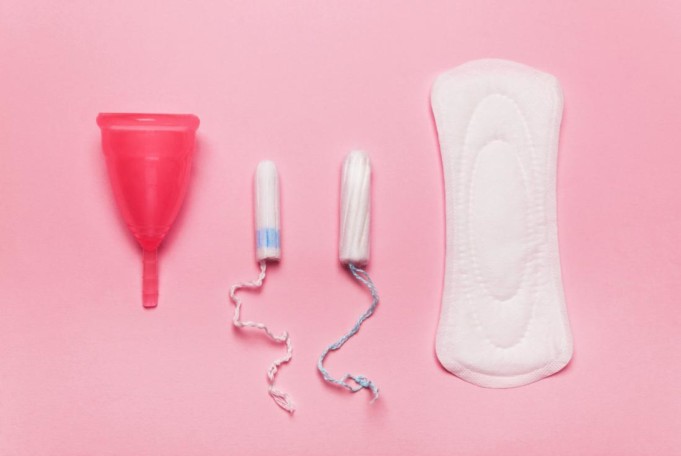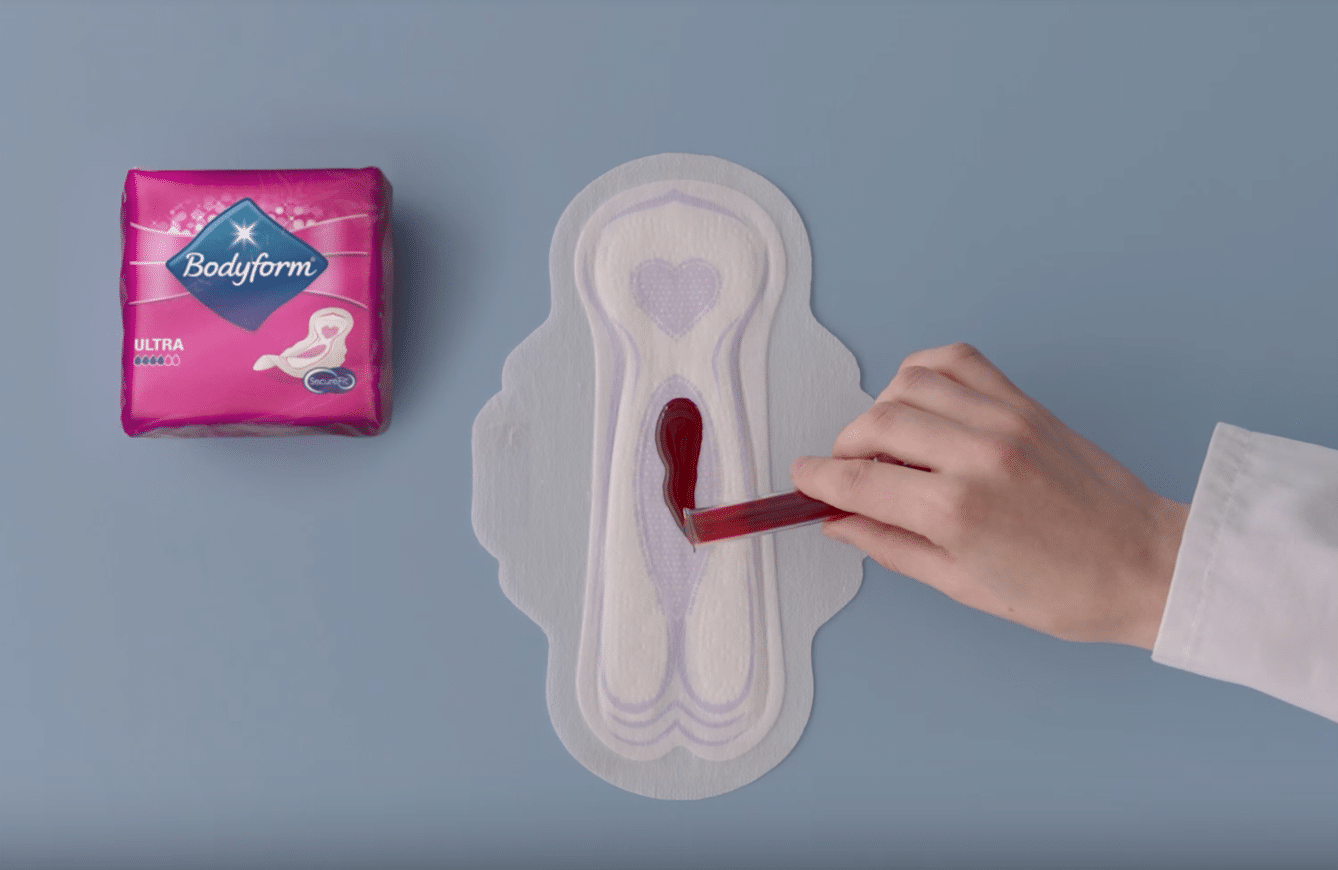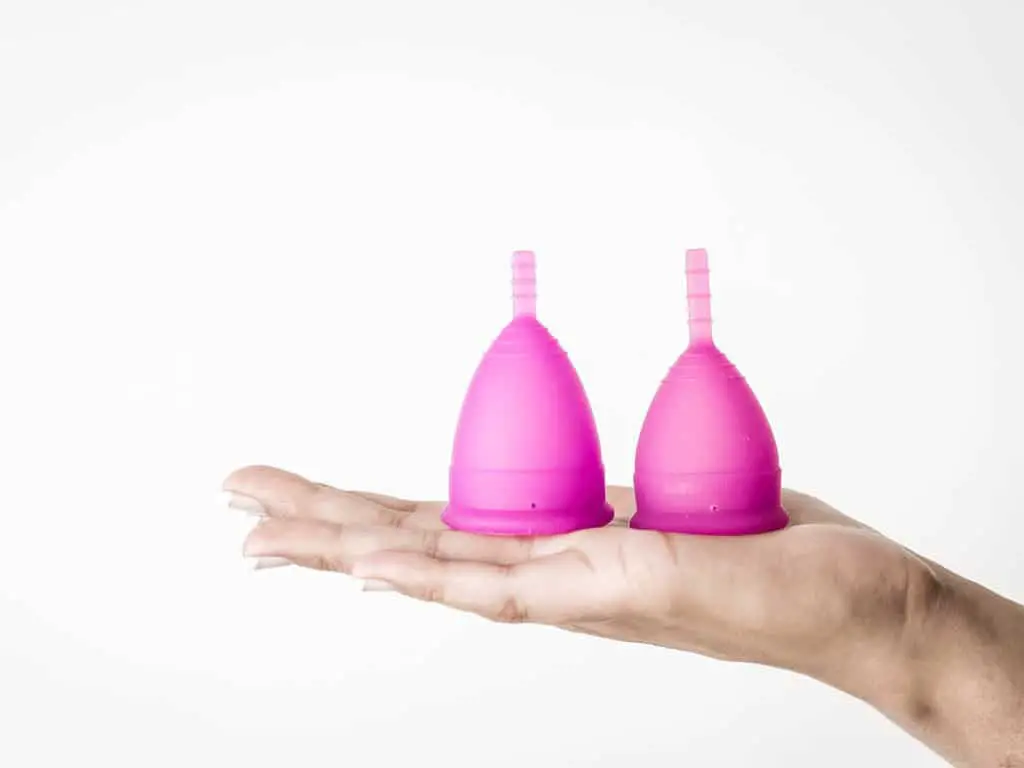Whether you find it hard to believe or not, you are not the only person who has wondered what feminine hygiene option is best when you are on your menstrual period.
The most popular options are sanitary pads, tampons, and menstrual cups, but it is not easy to decide which of them may be the best option for you.
The question of which sanitary product is best for every woman is something that has been studied by scientists and doctors for a long time.
The average woman uses approximately 10,000 sanitary products in her lifetime; thus it makes a lot of sense that both women and researchers are paying more attention to the available menstrual management methods.
In this article, we will discuss what way of menstrual engagement is best for you; Tampons vs. sanitary pads vs. menstrual cups.
Sanitary pads
Sanitary pads, also popularly called menstrual pads or sanitary napkins, were one of the earliest forms of menstrual hygiene and they are widely used till today. Sanitary pads are offered in a wide range of lengths and absorbency levels.
While pads are ubiquitous, they are often preferred by ladies when they have light-flow days or on days when they might spot between periods. Some women who have massive flows are known to combine a tampon with a sanitary pad for added protection against leaks and stains.
However, there are some disadvantages with the use of sanitary pads, and one is that some women find it very uncomfortable or feel that it is unsuitable for specific types of physical activity as not all pads stay in place.
In one research evaluating women’s use of menstrual pads or tampons, the researcher discovered that while most ladies used tampons, those who are younger than 41 were the most likely to use them.
It was also found that even tampon users still bought sanitary pads, and often wore a pad along with a tampon. It is not shocking that at least one in every four women of perimenopause ages (48 to 54) makes use of tampons or sanitary pads between their menstrual periods. You can start the comparison of Tampons vs. sanitary pads vs. menstrual cups with these facts.
Tampons
Tampons are another famous medium of menstrual engagement which has been in use since the 1930s, and are now the most popular medium of feminine protection for ladies who are younger than the age of 41.
Ladies often choose a tampon over pads for greater physical freedom during their menstrual period. Just like sanitary pads, tampons also come in different sizes and absorbency levels.
It is advised that women change their tampons at least between four to eight hours of use, ensuring to use the least absorbent type to handle the menstrual flow. The use of tampons is not recommended when spotting or between periods.
The risk of toxic shock syndrome has been linked with the use of tampons, and some women may remember the episode between superabsorbent tampons and the outbreak of toxic shock syndrome (TSS) back in the 1980s.
However, these “hyper absorbable” types of tampons were withdrawn from the market and the case of toxic shock syndrome reduced. However, there is some proof that females who use tampons may be at an increased risk of suffering urinary tract infections.
Menstrual cups
Menstrual cups have been available for as long as tampons are, but at present, they are not as popularly used by females in the United States of America.
Just as there are a variety of menstrual pad and tampons according to length and absorbency, there are also two types of menstrual cups: The most recent is a soft, flexible, and disposable menstrual cup that looks like a diaphragm, while the second one is a bell-shaped menstrual cup that is made of rubber (latex) or silicone and is more economical as it can be reused after proper cleaning.
The two types of menstrual cups are specially created to collect menstrual fluid instead of absorbing it—for later disposal.
Some ladies prefer to use menstrual cups because of their ability to stay in place and because they are an alternative to tampons that can be worn safely for up to 12 hours without fear of leaks or TSS.
One study revealed that women had to change the menstrual cup, at most, 2.8 times less often than when they use pads or tampons, and that menstrual cups leaked 0.5 times less often than other mediums of menstrual engagement.
It has also be revealed that women who preferred to use tampons and had “average-to-heavy” menstrual flows will more likely use a menstrual cup if they have the chance, as also were women who are above age 40.
Women also point out that they like menstrual cups more than other mediums of menstrual engagement because they do not contain bleaches, chemicals, or fibers that could lead to sensitivity or allergic reactions.
Also, because of the soft and flexible nature of menstrual cups, they can be worn during sexual intercourse, making the activity a little less messy for both the women and their partners.
For some females, menstrual cups are considered more difficult to remove and insert than tampons, but that isn’t so much of a problem as these difficulties can be fixed with proper education about a woman’s body and the right insertion techniques.
Another popularly known disadvantage of using menstrual cups that women have mentioned is the need to properly clean the reusable menstrual cups, which is easily avoided by using a disposable menstrual cup.
Note that no matter what type of feminine hygiene option you choose when on your period, make sure that you wash your hands thoroughly both before and after changing your preferred product to prevent infections.
With the different options of feminine hygiene products available, women must be given proper education about the alternatives at their disposal and how to use them to their advantage and comfort.
We would like to believe that the comparison in this article has answered the question of tampons vs. sanitary pads vs. menstrual cups. At the end of the day, the choice you make will be determined by your comfort and the affordability of the product you choose.
Please, do not hesitate to leave a comment below telling us which medium of menstrual engagement you prefer.















